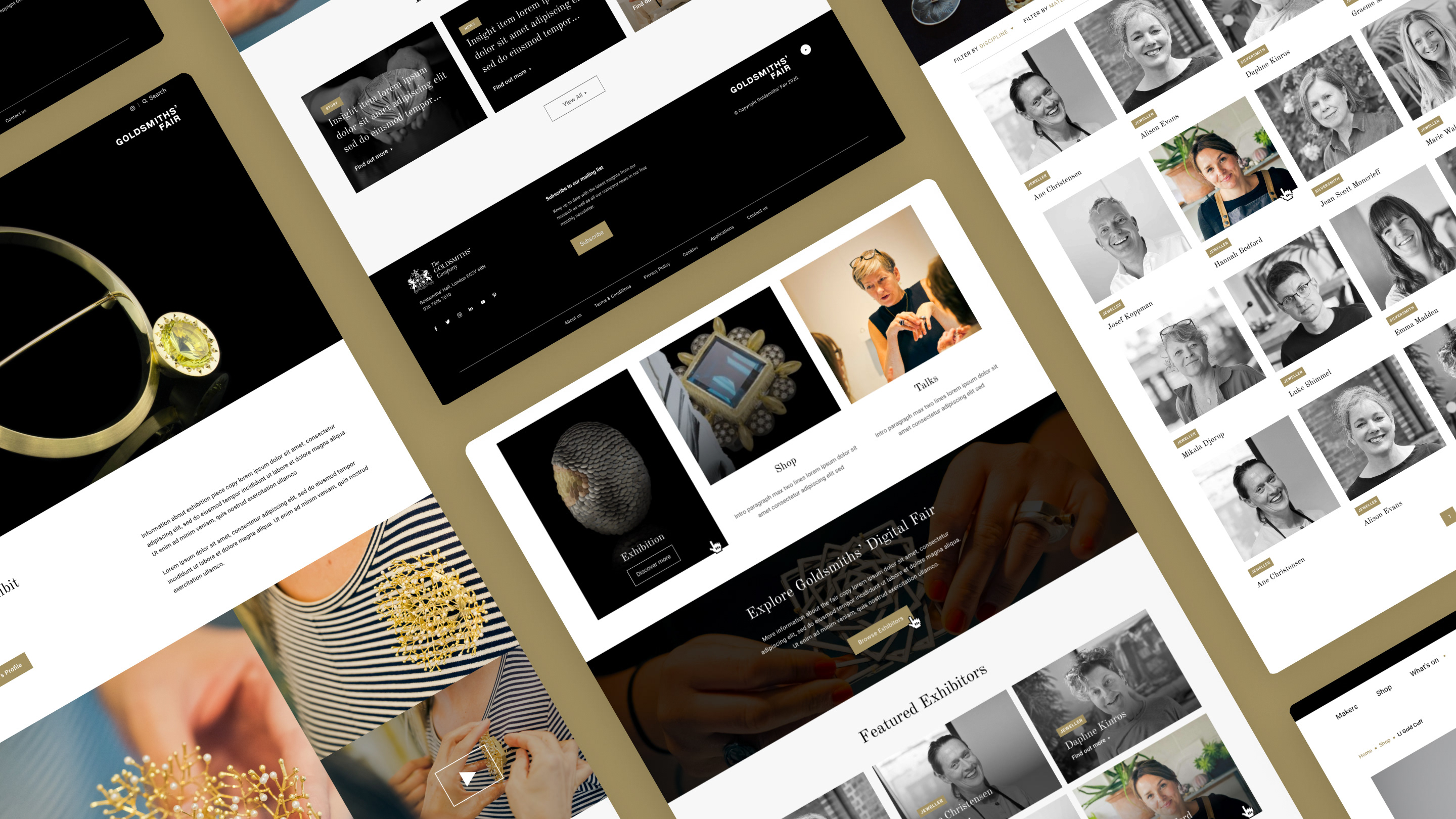Maldon Salt Website Redesign
Premium Sea Salt Brand for Chefs, Home Cooks, and Wholesalers
🔗 View live site
🔗 View live site
Role: Lead Digital Designer (UX/UI)
Project Key Goals
1. Apply Maldon Salt’s new branding to create a modern, user-friendly website
2. Highlight the expansive recipe section to engage both home cooks and professional chefs.
3. Create a unified website to consolidate regional sites and streamline content for a global audience.
4. Enhance the user experience to cater to multiple audiences – general consumers, chefs, and wholesalers.
5. Ensure seamless multi-language functionality, while maintaining strong design integrity across regions.
Overview
Maldon Salt, a heritage brand known for its premium sea salts, approached us to redesign their website following a brand refresh. Our goal was to create a visually appealing and functional platform that would showcase their products and recipes while serving a diverse global audience. The project involved consolidating regional sites into a single, multilingual platform, with a particular focus on the German market, which presented unique design and translation challenges.
The deliverables I was responsible for included:
✅ Sitemap
✅ User journey flow diagrams
✅ Content map
✅ Wireframes
✅ UI designs (incorporating the updated branding)
✅ QA testing
✅ Sitemap
✅ User journey flow diagrams
✅ Content map
✅ Wireframes
✅ UI designs (incorporating the updated branding)
✅ QA testing
01
Discovery
We began by collaborating with the Maldon Salt team to identify the core objectives for the redesign. The client’s main goal was to elevate the user experience while drawing attention to their extensive recipe collection, which had become a key part of their brand’s offering. They also wanted a seamless, unified website that would appeal to both end consumers and professional chefs and wholesalers.
During the discovery phase, I worked closely with the team to define the site’s user personas and key user flows. This involved consolidating data from their previous regional websites and understanding how different audiences (consumers, chefs, wholesalers) would navigate the site. I also conducted workshops to ensure the content structure would cater to these different user needs, while also prioritising the recipes section, which the client wanted to highlight.
02
Sitemap & User Flows
Next, I focused on mapping out the new site structure and user flows. We used Sketch to create detailed flow diagrams that outlined the most intuitive navigation paths for each type of user. This was crucial, given the site's multi-audience nature – from casual home cooks looking for recipes to professional chefs and bulk wholesalers needing specific product information.
For the recipe-focused experience, I proposed a prominent placement on the homepage with easy access to recipe categories, cooking tips, and seasonal recommendations. This was to make sure that the recipe content was front and centre but did not overshadow the brand’s product offerings.
03
Content Mapping & SEO Strategy
Content mapping played a critical role in ensuring the structure aligned with both the user journey and the SEO strategy. We worked closely with the SEO team to incorporate key terms and ensure the architecture was optimised for discoverability. This included identifying strategic places for product-related CTAs, recipe blog links, and region-specific content for the new global site.
I created a detailed content map that laid out all the content modules needed for the website – from product descriptions and blog posts to recipe cards and customer testimonials. I also sourced examples from similar sites to help the client visualise potential layouts, which helped us refine the content structure early on.
04
Wireframing & UI design
Once the sitemap and user flows were confirmed, we moved into wireframing. The wireframes focused on ensuring a seamless, responsive experience for all users, keeping the site fast and accessible across devices. With the content map and user flows in mind, I started building out detailed page templates and modules, using Maldon Salt’s updated visual identity.
The updated branding featured clean typography, rich imagery of the salt-making process, and a modern colour palette, which I incorporated into the UI design. We also ensured that the design was flexible enough to support multilingual content, particularly for the German market, which presented some unique challenges around translation and text length.
05
Multilingual Considerations & Testing
One of the key challenges of the project was designing a website that would function smoothly in multiple languages, especially for German. German tends to have longer words and phrases, so we had to ensure that the layout could accommodate this without disrupting the design. This meant testing different font sizes, line spacing, and button placements to make sure the design maintained its integrity across languages.
We also did extensive QA testing to ensure that all functionality, including navigation, forms, and language-switching features, worked seamlessly. The site was tested across multiple devices and browsers, ensuring a consistent experience for all users worldwide.
06
Final Delivery & Outcome
The final result is a sleek, modern website that brings Maldon Salt’s rebrand to life. The new platform effectively caters to a global audience, with a clear focus on recipes, product information, and regional content. The redesigned user experience has not only improved site navigation but also increased engagement with the recipe section, resulting in more visits and time spent on site.
The client was particularly pleased with how the multilingual functionality worked, allowing them to seamlessly reach a wider audience. The new site has become a cornerstone of Maldon Salt’s digital presence, supporting their marketing and global growth initiatives.
Conclusion
The redesigned Maldon Salt website successfully blends the company’s rich heritage with a modern, user-centred digital experience. By consolidating multiple regional sites into one global platform and prioritising recipe content, we were able to meet the needs of various user groups while highlighting Maldon Salt’s brand values. This project has not only enhanced the customer experience but also positioned Maldon Salt for future growth in the digital space.






